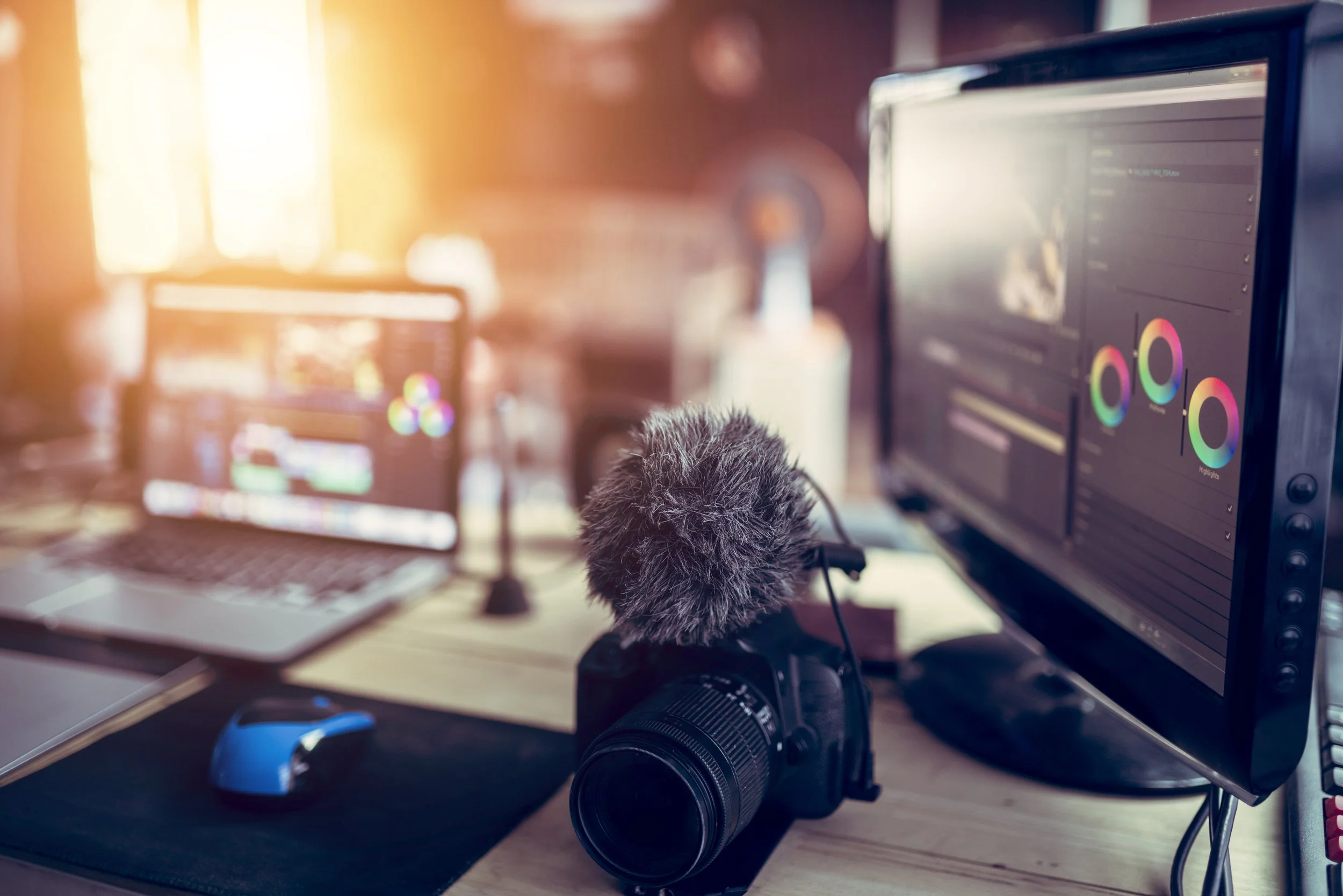It’s no secret that motion has been steering the ship of marketing for some time. And after sharing our blog on top trends Driving Digital Marketing Transformation in 2022, we know that the human attention span has dropped to just 8 seconds. This leaves little time to capture a user’s attention and to put it simply, static is seemingly out, and motion is in. But before diving into 3 motion practices to encourage performance, we must first explain why motion has the effect it does.
Why use motion?
Our attraction to motion began long ago when we developed fight or flight skills. This article explains that “movement attracts attention and causes us to pause and assess its relevance to us, while lack of motion does the opposite.” This implies then, that static social posts, websites, pop up ads, etc., require less need to pause whereas a motion animated social post, for example, captures our attention.
3 Types of Motion:
Short Form Video
While there is no universal number, HubSpot writes that short form videos are typically under two and a half minutes (with the exception of YouTube). Leveraging then the power of short form video to better engage with your audience members is crucial for performance. Short form content can encourage higher performance metrics such as average time on website, click through rates, and more. Short form video on social channels can increase other key performance metrics such as visibility, engagement, and follower growth. This is frequently seen on platforms like Instagram and Tik Tok through things such as brand challenges, influencer ads, product teasers, user generated content, and explainer/educational videos.
2D or 3D Motion Graphics
Motion graphics, which can be in 2D or 3D, is when graphic design elements are put into motion. We encounter this form of animation on the daily and may especially see this through social media or digital advertising. Utilizing motion graphics like the example below, can increase visibility, engagements, clicks, and more.
Hover Animations
Hover animations occur “when a user hovers over an element, and the element responds with motion or another transition effect,” as according to this article from Hubspot. When a user hovers over any “Learn more” button, it turns black. Adding transitions similar to this is another tactic to help improve performance. With users spending an average of 54 seconds on a website before bouncing, it is important to include eye catching and motion centered effects so that viewers are encouraged to stay longer. This in turn can result in higher conversion rates or other improved key performance indicators.
With only 8 seconds to truly capture the attention of viewers before they get bored and scroll on, and 54 seconds to prevent them from bouncing to the next website, consider these three tactics of motion in your next strategy. During what is a fast-paced digital environment, these examples of motion may just be a game changer.
SEEKING PERFORMANCE-DRIVING TACTICS?
EXPLORE OUR BEST PRACTICES

